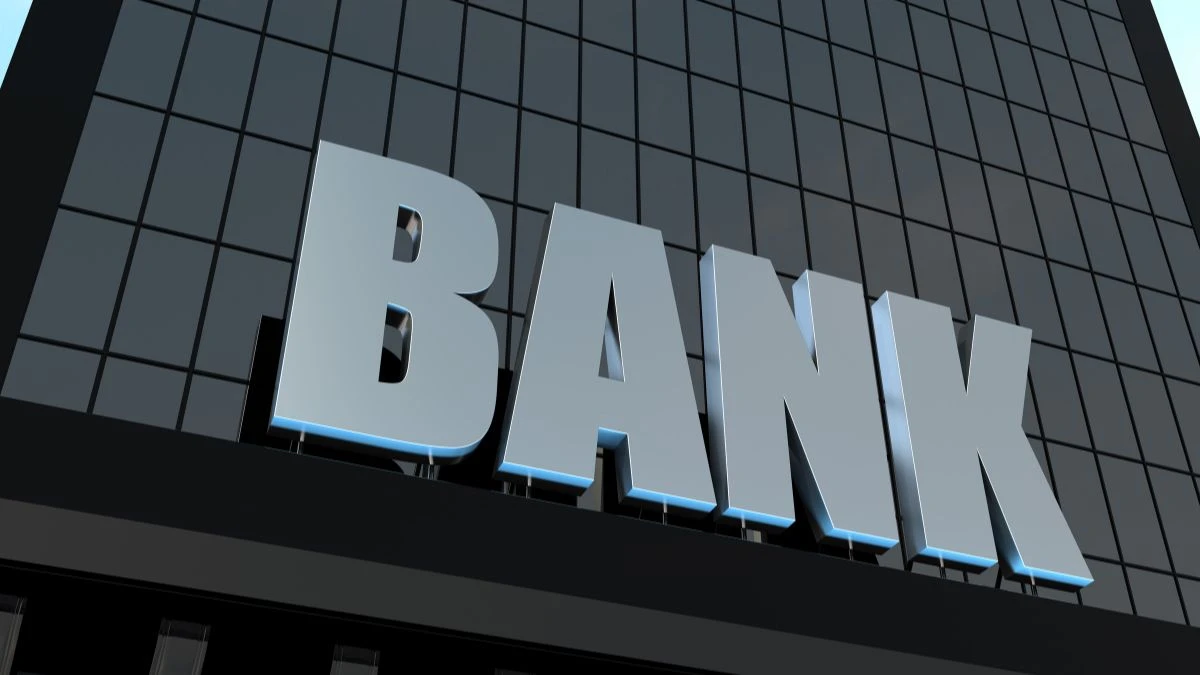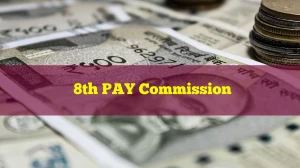India’s fixed deposit (FD) market in 2025 is thriving, with several banks—especially small finance institutions—offering interest rates as high as 9% to attract retail investors. These high-yield opportunities are especially compelling for individuals seeking guaranteed returns in a volatile equity market climate. Let’s explore the top 5 banks for FDs in 2025, rate details, pros and cons, and essential investment tips.
Upto 9% FD Interest: Top 5 Banks for 2025
| Bank Name | Highest FD Rate | Tenure/Eligibility | Senior Citizen Rate | Insurance (DICGC) |
|---|---|---|---|---|
| Slice Small Finance Bank | 9% | ~18 months, retail investors | 9.5% | Yes, up to ₹5 lakh |
| Unity Small Finance Bank | 8.60–9.10% | 1001 days, regular/senior citizens | 9.10% | Yes, up to ₹5 lakh |
| Suryoday SFB | 8.40–8.80% | 30+ months | 9.25% (special) | Yes, up to ₹5 lakh |
| Utkarsh SFB | 8.25–8.75% | 2–3 years, special tenures | 9.00% | Yes, up to ₹5 lakh |
| Jana SFB | 8.20% | 5 years, select FDs | 8.80% (special) | Yes, up to ₹5 lakh |
Top public sector and private banks like SBI, ICICI, HDFC, and PNB generally offer lower FD interest rates, typically ranging between 5.5% and 6.7% for regular customers, and up to 7.2% for senior citizens. The five small finance banks highlighted above consistently lead with attractive rates, available on special tenures or limited-period offerings for regular and senior investors.
What Makes These FDs Stand Out?
- Small finance banks are regulated by the Reserve Bank of India and offer insurance protection via DICGC up to ₹5 lakh per customer, providing safety for moderate deposits.
- The highest rates (9% and above) are generally seen on limited tenures such as 18 months, 444 days, and 1001 days, or special schemes specifically targeted to attract new depositors.
- Senior citizens may receive an additional 0.5%–0.75%, further boosting effective returns.
- Rates are typically revised on a monthly or quarterly basis, reflecting RBI policies and market competition.
Investment Tips for Maximizing FD Returns
- Always check the specific tenure and scheme offering the highest rate—special offers are often not available for every period or deposit amount.
- Confirm that your FD is protected by DICGC insurance (up to ₹5 lakh, principal + interest). For amounts higher than this, diversify across multiple banks for safety.
- Understand premature withdrawal penalties; some high-rate FDs impose heavy fines or lower rates if broken before maturity.
- Choose cumulative FDs if aiming for regular compounding and larger returns; non-cumulative options pay monthly/quarterly interest.
- Senior citizens can leverage extra rate benefits, but should check eligibility terms and documentation before opening an account.
Regulatory and Safety Perspective
- While SFBs offer competitive yields, they are generally newer and smaller than established public or private banks. Verify their financial health, reputation, and check RBI notifications for any recent compliance updates.
- DICGC coverage ensures that deposits up to ₹5 lakh (principal + interest) per bank are safe even if a bank fails.
Who Should Invest in High-Yield FDs?
- Investors aiming for low-risk, stable returns in 2025, especially those wary of equity market volatility, can benefit from high-rate FDs.
- Retired individuals and senior citizens can maximize returns with extra rate perks, provided they stay within insured limits.
- Young savers seeking short-term accumulation for planned expenses (home, travel, education) may find these special tenures convenient.
India’s FD landscape in 2025 is dominated by competitive offerings from small finance banks, with Slice, Unity, Suryoday, Utkarsh, and Jana SFBs providing up to 9% interest rates for select periods. These FDs are a compelling choice for low-risk investors, especially when paired with sound deposit insurance and careful selection of tenure. Before investing, compare schemes, verify bank credentials, and lock in rates swiftly—these high-yield offers are often available for a limited time only.






